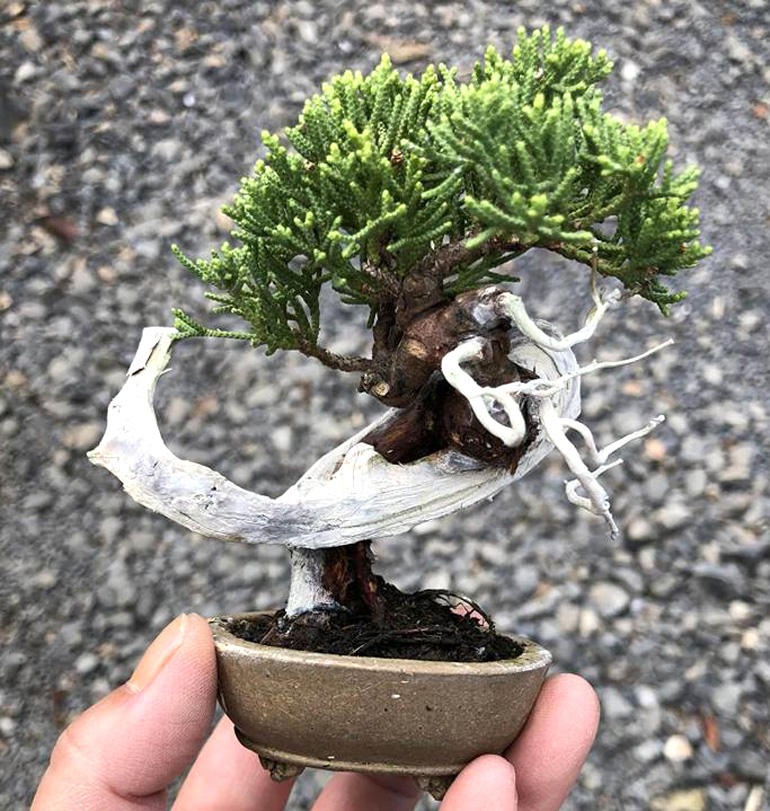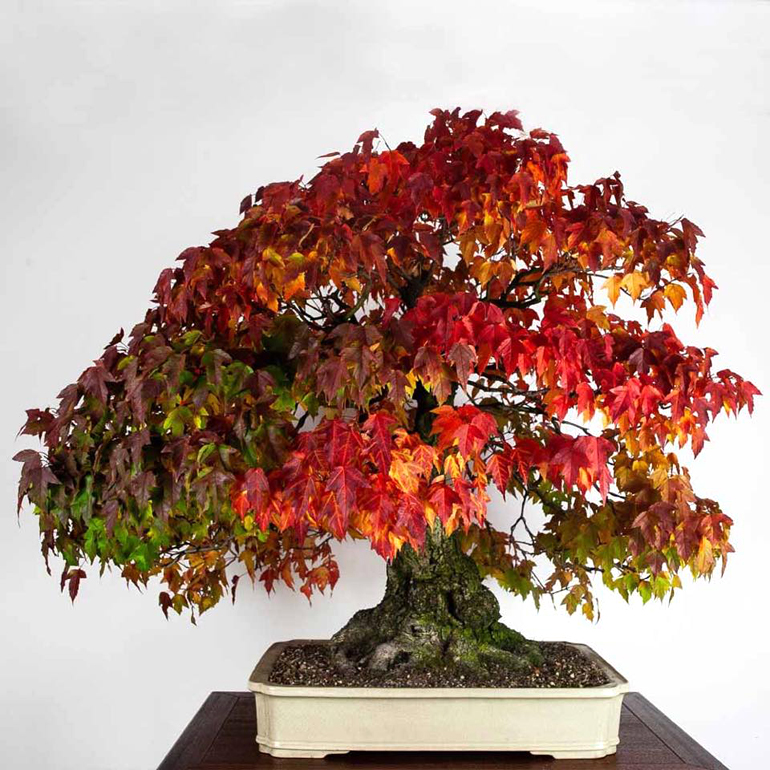
Always nice to lead with a little color. This cheerful full fall color Trident maple belonged to Suthin Sukosolvisit when we first showed it way back in 2009. I don't know who the lucky owner is now
Still trying to catch up from vacation so it’s archive time again. I used to have a 30 hour a week office person, but now it’s just me (with a little help from a friend), so keeping up, let alone catching up, requires more time, though new technology and other innovations help, but only to a point. The photo at the top of this post originally appeared back in 2009. The rest of this post is from exactly 366 days ago. All the trees are by our friend Suthin.
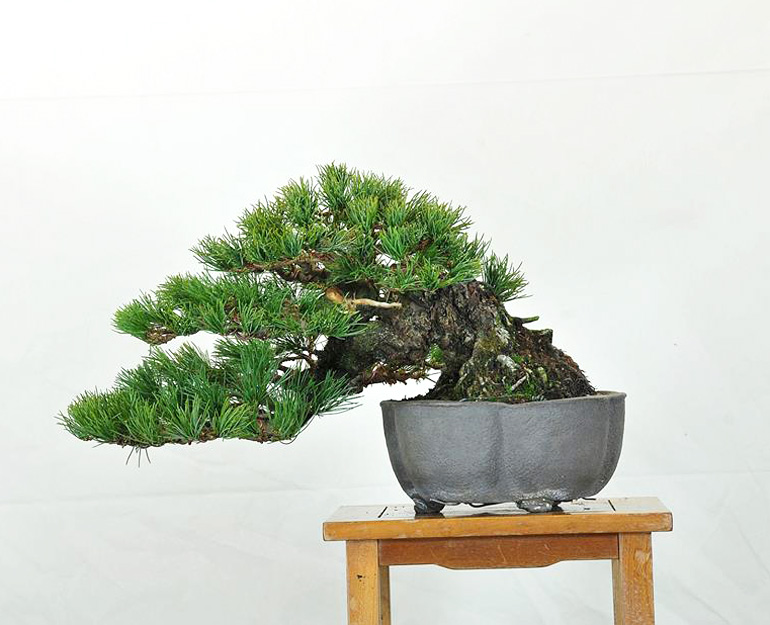
For some reason there was no caption with the original, but I'm pretty sure this is a Japanese black pine
This Tsukomo cypress-on-a-half-shell was offered for sale at Suthin's big sell-down-most-of-his-bonsai sale (so he could spend more time with his grandkids) that took place a couple years ago
Coiled Shimpaku juniper snake. I’m not sure I’ve ever seen another full cascade bonsai quite like this one.
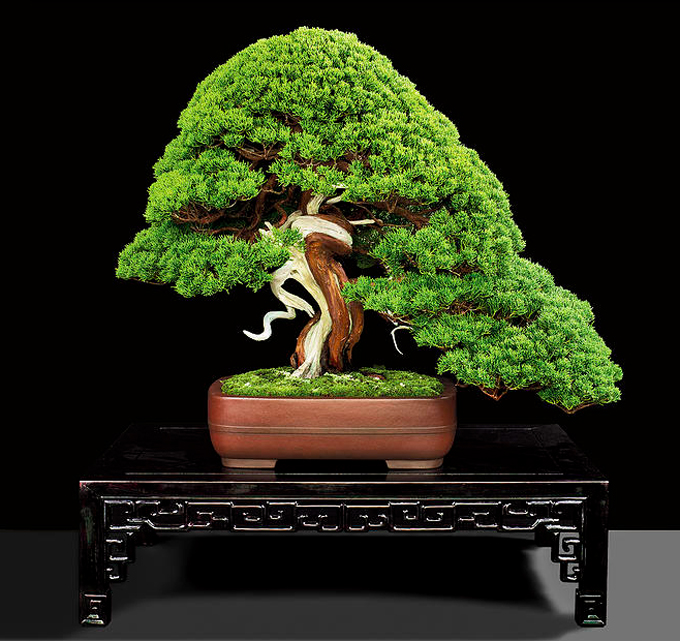
Another Suthin Shimpaku juniper with a deadwood snake. I think this one is quite famous by now.

A bonsai is hand is worth more than two in most collections. It's a Japanese black pine.

One of Suthin's prize winning Shohin displays from the U.S. National Bonsai Exhibition.




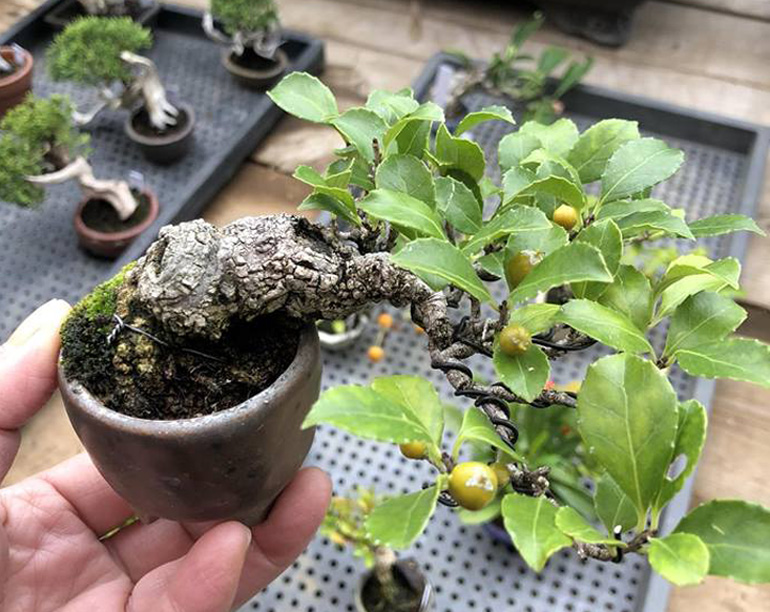



 Close up of the intricate deadwood on a Sabina juniper (Juniperus sabina) that belongs to Xavier Massanet. You can see the whole tree below
Close up of the intricate deadwood on a Sabina juniper (Juniperus sabina) that belongs to Xavier Massanet. You can see the whole tree below




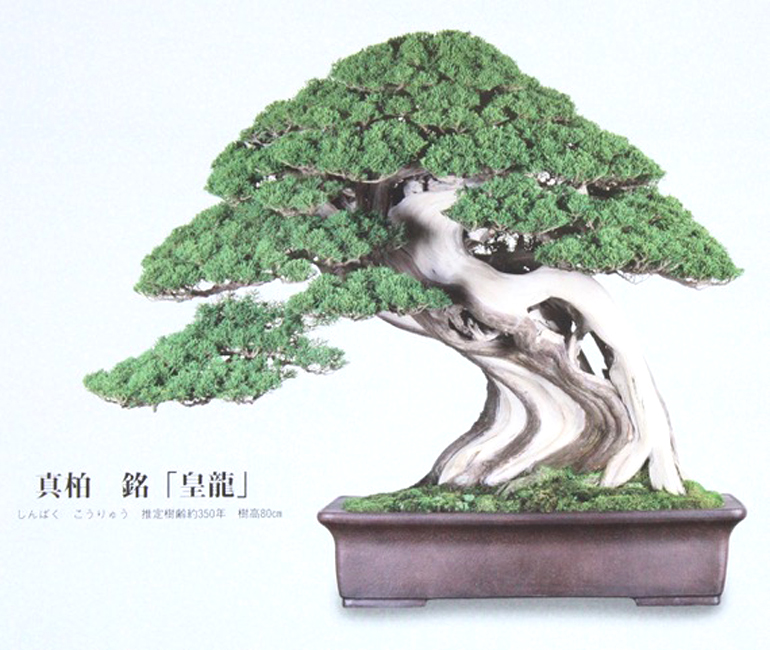
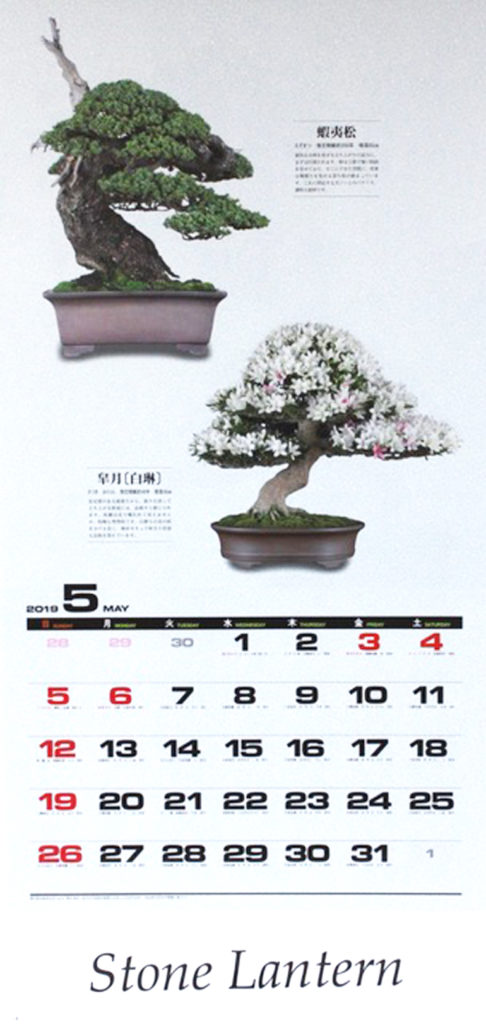 May 2019
May 2019







